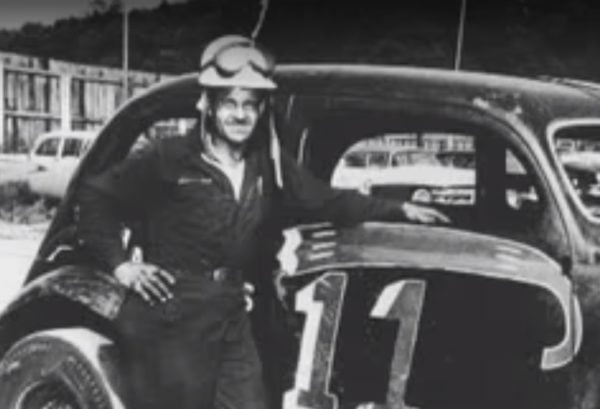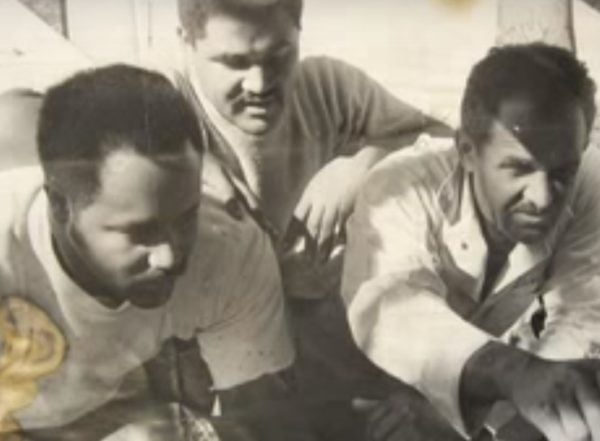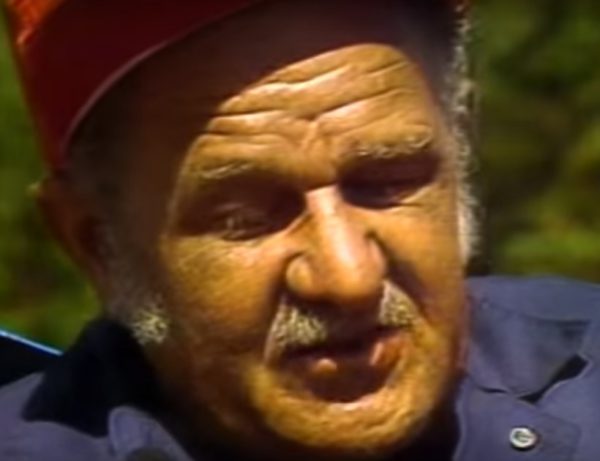He was told that people would spit on him - The story of Wendell Scott
Ever since he was a boy, Wendell Scott wanted to be his own boss. Born in a small city of Danville, Virginia, on August 29, 1921, as a black kid, all odds were against him. He was presented with two choices: work in a cotton mill, or a tobacco-processing plant. Great perspective? No.
“That mill’s too much like a prison,” he told a friend. “You go in and they lock a gate behind you and you can’t get out until you’ve done your time.” said Wendell Scott.

Wendell Scott
He was the only African-American boy in the neighborhood who owned a bicycle. For him, a chance to be in NASCAR was 1 to 1.000.000: It was, back then, a competition for white people.
There is a lesson to learn from Scott’s historic success: it’s hard and bloody to run when everything in your world is telling you: don’t do it, you are not worthy! But, maybe just because of that, it is more rewarding when you do it.
He worked in his father’s auto mechanic shop, then dropped out of high school and became a taxi driver. It took a lot of time to come near the racing track: according to Wikipedia, he was almost thirty years old, sitting in the bleachers of local speedways, watching white men race. Up until then, he had lived his whole life under the rigid rules of segregation.
Finding practice outside of the race track
Besides working in a factory, he didn’t have much chance:
“When I was young, I… started hauling whiskey… We would buy it for 55 cents a pint at Danville and sell it for $1.10 at Charlotte. But I learned how to drive a car” said Scott.
Yes, that was a very good practice. Because, when you’re trying to smuggle whiskey, the most important thing is to be fast. Because of the police, of course. Transporting whiskey required Scott to drive fast and keep his car in good running shape. He was somewhat notorious in the region for being able to escape capture. The police knew who he was, though, and that eventually helped him get his start in stock car racing.

Wendell Scott (far right)
Fighting against racism
Scott made his first start in NASCAR’s premier series on March 4, 1961, at Piedmont Interstate Fairgrounds in Spartanburg, South Carolina. He made 23 starts that season, posting five top-five finishes. On December 1, 1963, at Speedway Park in Jacksonville, Florida, Scott became the first African-American to win a NASCAR premier series event. Scott won the third race of the 1963 season, a 100-mile feature, after starting 15th.
But, before all that, he had an even bigger race to run: the one against racism. He had a bit of luck, as he wasn’t recognized as a black person because of his fair skin color. But even then, it was hardhe was once disqualified from a race because his crew was racially mixed.
The judges did everything they could to stop Wendell from winning the race in the Grand national series, today widely known as Sprint Cup. Scott started from the fifteenth position and easily lapped all the other racers. He was coming up on his 200th lap, the final lap, and expected to see the checkered flag waving for his first place finish. The flag remained unmoved. Scott continued on for two more laps expecting the checkered flag to signal the end of the race and his victory. Instead, the flag waved for Buck Baker, who was two laps behind Scott. The judges awarded Scott with third place.
Becoming the legend
The humiliation was unbelievable: the fanfare, including the trophy and a kiss from the beauty queen, all went to Buck Baker, but Scott knew he had won, and he argued his case with the judges. After the crowds had gone and the supposed clerical error corrected, Scott was awarded his prize money.
In the next ten years, he tried to be the best, but always a few steps back from the competition. He always drove older car models, bought from other drivers. The achievement was even greater because of that – only his skill as a driver made him a race car legend.

Wendell Scott, after retirement
Scott had a big car crash in the race in Alabama in 1973. He survived the crash, despite fracturing his ribs, pelvis, both knees, and one of his legs. He retired after the accident.
The only hall of fame induction that Scott received while he was alive was into the Black Athletes Hall of Fame. In 1977, a movie called “Greased Lightning” was released. It depicted his life from selling whiskey to astonishing success in NASCAR’s Grand National races. The film starred Richard Pryor as Scott, Pam Grier as his wife, and Beau Bridges as Hutch, a former competitor who became Scott’s close friend.
Scott raced in nearly 500 races in NASCAR’s top division from 1961 until retirement. Racing on a shoestring, he finished in the top ten 147 times. It took a lot of time to acknowledge Scott’s achievement: Wendell was Inducted into the NASCAR Hall of Fame on January 30, 2015. When NASCAR officials told him that people would spit on him, and wish he was dead, just because of the color of his skin, he said: “I can take it.“ He died on December 23, 1990.
Read here about Formula 1 drivers who proved it is not all about winning.
Photos: youtube.com.




